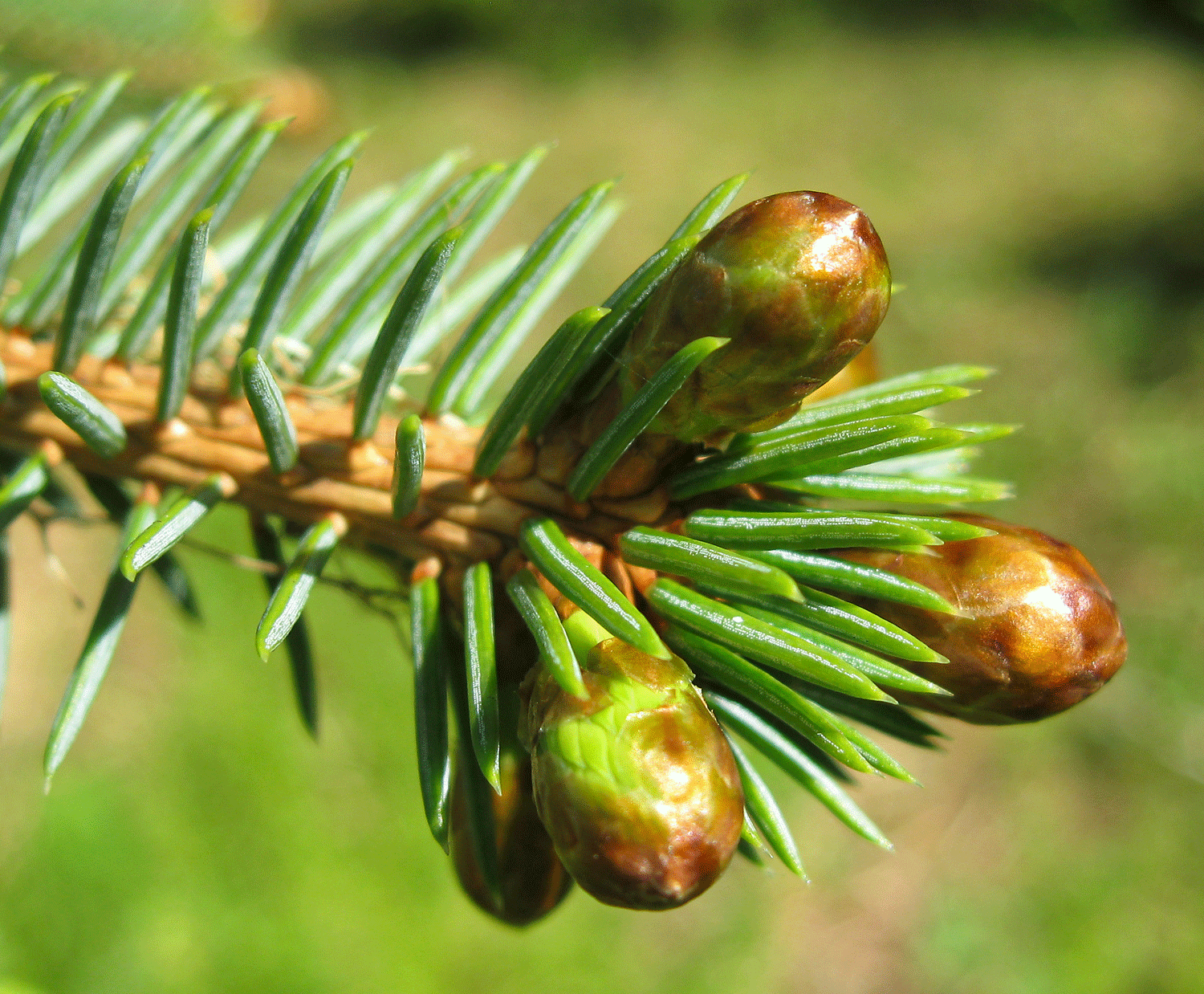Wild Tea
/My hands cuddle a homemade cup of herbal tea, soaking in the heat as I sip hints of summer in the midst of winter in Southeast Alaska. Oh, I do enjoy a cup of tea on days when hot chocolate is not called for. It is rare that I go to the store and purchase nicely packaged tea bags, though. Its way more fun to do it the long way. Collecting plants in the Tongass National Forest and making tea is healthy all of the way through the process, but I just do it because I love it. And because it gets me out to places like this.

Pat's Lake, Wrangell Island

Alaska Violet (Viola langsdorfii)
Last July hardy spruce trees on a pristine mountainside shook off the heavy winter snow and felt tender warmth from the sun. Teehee, sometimes I have to throw in a schmaltzy sentence like that just to see if you are paying attention. Truly, though, the snow finally thawed off of the road up to Middle Ridge Cabin, and my sweetie and I took a drive up there to collect spruce tips and other plants. We didn’t have to go that far for our harvesting, but now in January the memory of that delightful day adds a smile to each cup of tea.

Yellow violet (Viola glabella) in Southeast Alaska.
There were some violets along the way. Violet leaves and blossoms are edible. The flowers are so
pretty, though, that I stick to gathering the heart-shaped leaves. They are
very high in vitamin C. I eat some fresh leaves, but only a few in one day. I will dry most of them for tea.
And, of course, we picked a batch of soft spruce tips. That
brown coating is brushed off, and the green tips are collected from the lower
branches. They can be gathered even when they are bigger, as long as they are
soft. The mature needles that the tree put on the previous year are prickly and poke our hands as we pull off the new growth.

Spruce tips

The plants on this page are just a few of the edibles and medicinals that are available on this one on one hillside. Such a rich place!

Eyebright (Euphrasia)
Dainty blossoms adorn eyebright plants. I clipped off the upper portion of a few eyebright plants.
When collecting I am very aware of the impact on the plant. Since blossoms are the reproductive portion, creating future crops, I harvest a few out of a patch and then move on.
The plant parts are dried on low heat in the dehydrator. The spruce tips take quite a bit longer than the violet leaves and eyebright. They make the whole house smell of fresh spruce!
When they are dry I store them in jars with lids that seal well.

Violet leaves, eyebright leaves, and spruce tips ready to be dried.
Later in summer the heal-all bloomed. They had a very good
year, and were more abundant than I have seen in a long time. This pretty member of the mint family is another edible and medicinal plant. I gathered and dried some of the leaves and blossoms.

Heal-all, also called common self-heal (Prunella vulgaris)

Mixing wild herbal tea.
I leave some separated in the jars in case I want to make a
tea of a specific plant. If I am feeling a little under the weather then a cup
of heal-all and violet tea might be my choice. I also make a premix of spruce tips, heal-all, and eyebright. I add mint and red clover from the garden. The flavor is delicate so I usually add honey or lemon when brewing the tea.
Hint: to quickly break apart the dried spruce tips, pour them out
on a hard surface and roll a jar or a rolling pin over them.
I like using a mesh tea infuser, but you can also make tea bags. Spoon tea into the bag, press it closed with a ruler, and iron to seal it. A friend recommended the bags from Nichols Garden Nursery www.NicholsGardenNursery.com, and sure enough, they work. They are tough enough to put spices in and put into the stew pot, too.

Filling a tea bag...

...and ironing to seal the tea bag.
Okay, time to heat water for a nice mug of tea and a quiet half hour to read about ravens.
Tea break. Yep, that is another Kirk Garbisch mug. The guy is just a genius at turning a cup into a work of art.
If you are interested in gathering plants then I recommend the books "Discovering Wild Plants" by Janice Schofield and "Plants of the Pacific Northwest Coast" by Pojar and MacKinnon. They are great books for getting plant identification correct and learning about the possible benefits or ill effects from their use.
Happy tea break, All!
Alaska Beachcomber
More on edibles and medicinals from outdoors: Devil's Club Sun Tea, Food and Medicine from Nature
Nettle tea is good, too! Processing and Using Nettles

